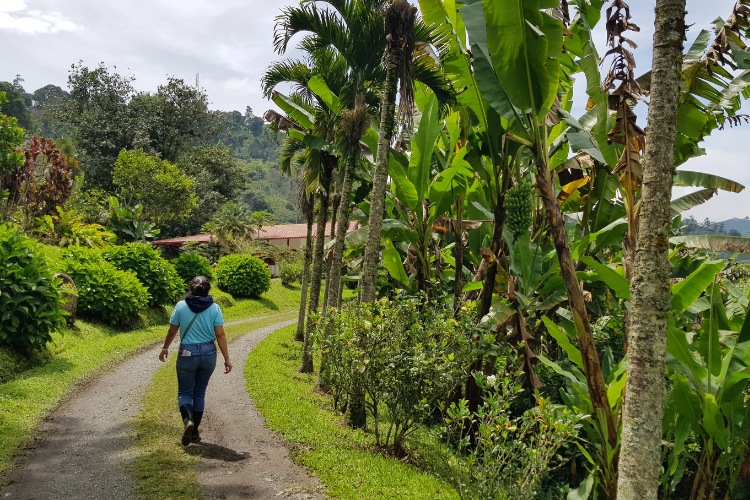Colombia is world famous for its amazing coffee and the fields, mountains and culture have become an essential part of the country’s identity. The film Encanto has given a flavor of this culture to the world and when visiting the coffee axis, you should definitely learn from the locals about the world’s most popular beverage.
When I visited the region we spent the day at the Hacienda Venecia and had a great time. We chose this farm as it had provided the backdrop to one of our favorite Netflix series, Café con aroma de mujer (Literally “Coffee with the flavor of woman” or “The Scent of Passion” as it is named in English).
The series was released in 2021 and is a Colombian-produced remake of a 1994 favorite. The show had given a really interesting insight into the region and we were keen to explore further.
The working farm offers guided tours for visitors and hotel accommodation, although we decided to stay elsewhere during our visit.
About Hacienda Venecia and Colombia’s Coffee Culture
Colombia is the third largest coffee-producing country in the world with the Arabica bean one of the most sought after. The country produces over 14 million 60-kilogram bags with over 850,000 acres dedicated to production.
Coffee was first introduced to Colombia in the 17th by Jesuit priests who arrived with Spanish settlers. The first crops were harvested in the North but production soon spread across the country by small, family-owned farms called fincas. Colombia first began exporting coffee in the early 18th century and production increased in the 19th century with improved techniques and infrastructure supporting farmers.
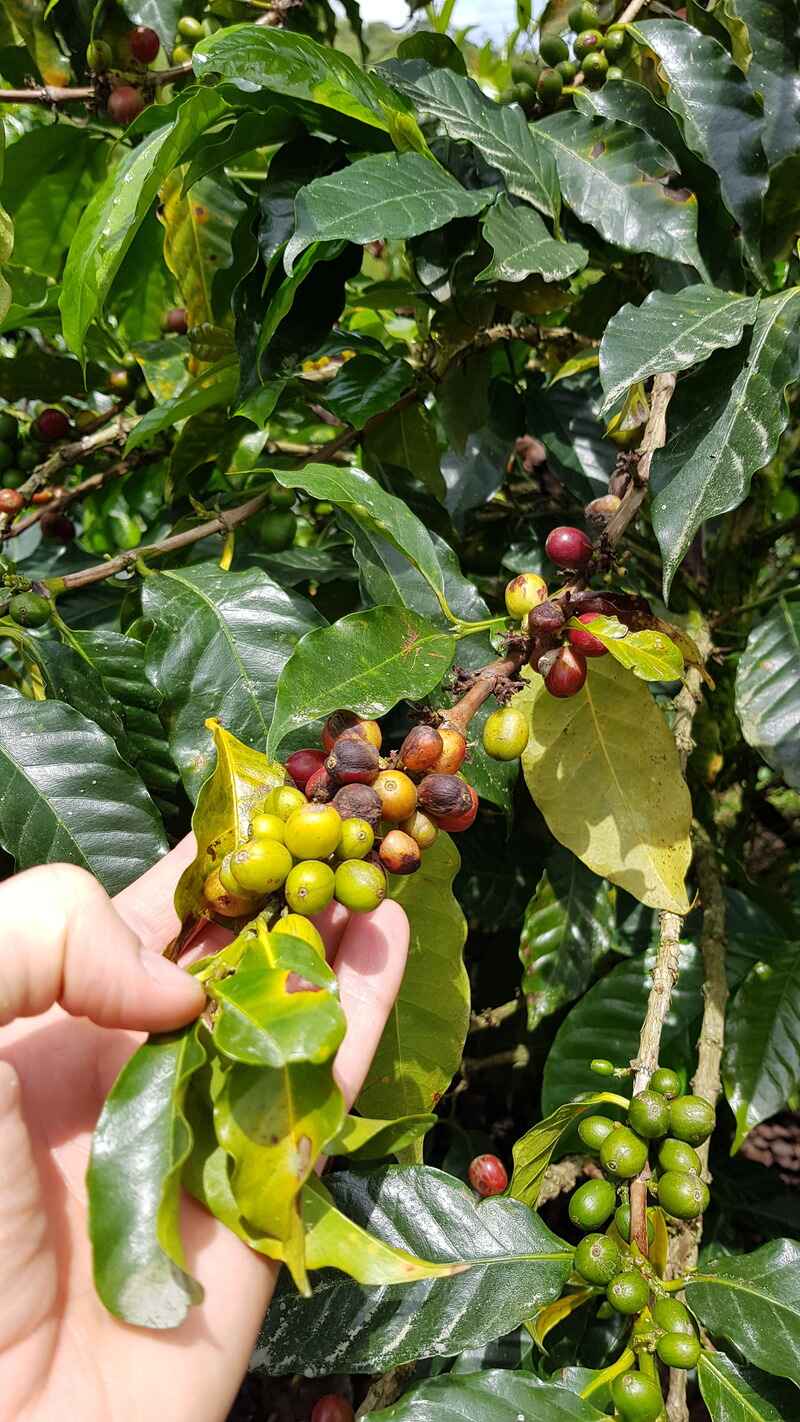
Arabica coffee needs to be grown at altitude between the 2 tropics, ideally with 2 wet seasons and with volcanic soil. The area which today is known as the coffee region or the coffee axis offers the perfect conditions and this is the area where production of large quantities of the very best quality beans has flourished.
Each region of the country produces its own flavor of beans but the coffee region, including Antioquia, Caldas and Quindio, is particularly celebrated for a well-rounded flavor with a nutty, chocolatey flavor with some slight acidity and sweetness.
Historically much of the best coffee has been exported abroad while locals opt for a “tinto”, a strong, dark coffee you can pick up on the streets for less than US$0.50.
While coffee has traditionally been a way for locals to refuel, they are very proud of their culture of production and there is a real romance around the coffee farms. This is embodied in the Disney film Encanto, inspired by coffee-producing towns such as Encanto and Filandia.
There is also a growing appreciation for the fine coffee the country produces within Colombia. In major towns such as Bogota, Medellin and Cartagena, passionate advocates have opened high-quality coffee shops which offer the best of the best which was once all exported.
Hacienda Venecia is perfectly situated in the Caldas department to produce world-class coffee and it has been doing so for over 100 years. Since 2009, they have welcomed visitors to experience coffee culture and learn about the secrets to making the perfect cup. They offer a range of accommodation options including staying in the Main House, the Coffee Lodge with great views or the Hostel which is a more affordable option.

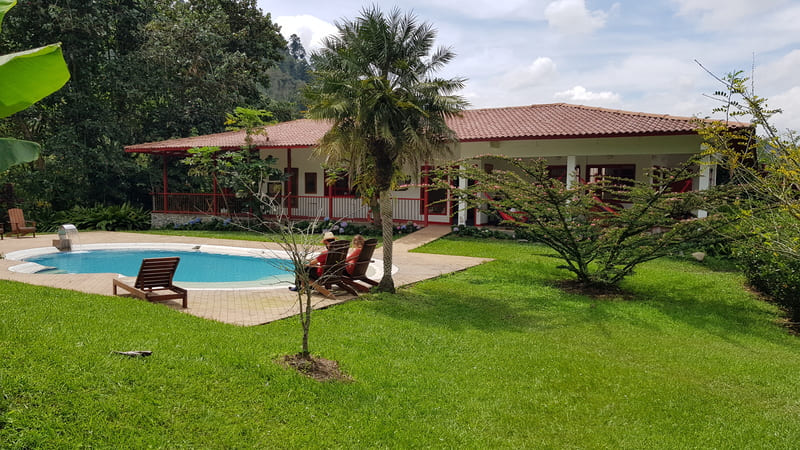
Hacienda Venecia is located 20 minutes from the city of Manizales between Medellin and Salento. The area was declared a UNESCO World Heritage Site for its unique Coffee Culture Landscape.
The weather ranges between 17°C and 24°C with humidity at around 80% and with a fair amount of rain. The wettest months are from March to Mary and from September to November. Usually, the region experiences short, intense downpours but it is also possible to have rain all day on occasion.
Sunshine and a fair amount of rain, alongside the rich soil, are key ingredients in making that world-class coffee.
Preparing for the Tour
You can find details of the tour options on the official website here. You can ask questions and make reservations on the phone or through WhatsApp with the numbers at the bottom of the page.
You can get a public bus to and from Manizales which takes around 25 minutes and costs 5,000 COP (US$1.25). Ask the driver to drop you off at San Peregrino bridge on the Austopista del Cafe (Coffee Highway). Once you get to Las Palmas restaurant you can call Hacienda Venecia staff to come to meet you.
The coffee tour costs 85,000 COP (US$22) in Spanish or English in a group of maximum 20 people.
The price of the tour with one-way transportation is 168,000 COP (US$43) and they leave you on the highway at the end of the tour.
They also have the full Gaviota Tour, which offers the full Café con Aroma de Mujer experience. The cost of the expanded tour is 130,000 COP (US$34) per person in Spanish.
This is the one we opted for and I will outline what was included below.
The Coffee Tour Experience
1) Welcome and Introduction
When we completed the tour we were a group of a dozen people. We took our seats and were given an introduction to coffee production around Colombia. Our guide was very friendly, enthusiastic and knowledgeable. She was one of the highlights of the day and really kept everyone engaged.
She explained why arabica coffee is grown in the region and why it is so popular around the world. She spoke about tinto and how Colombians often like it best when it isn’t too strong.
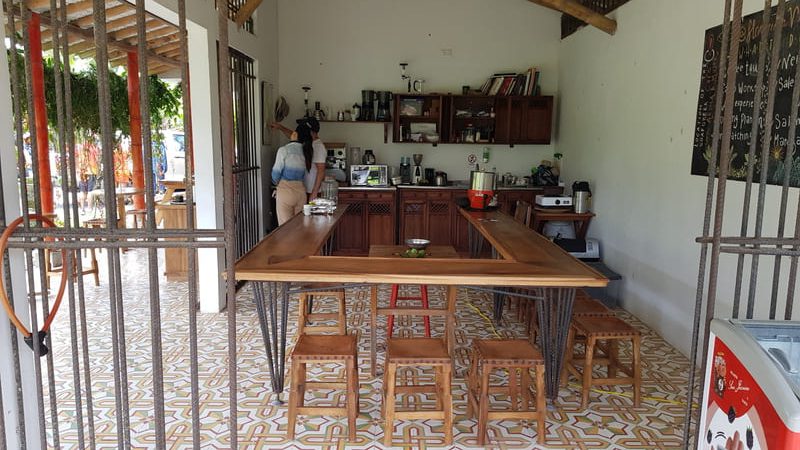
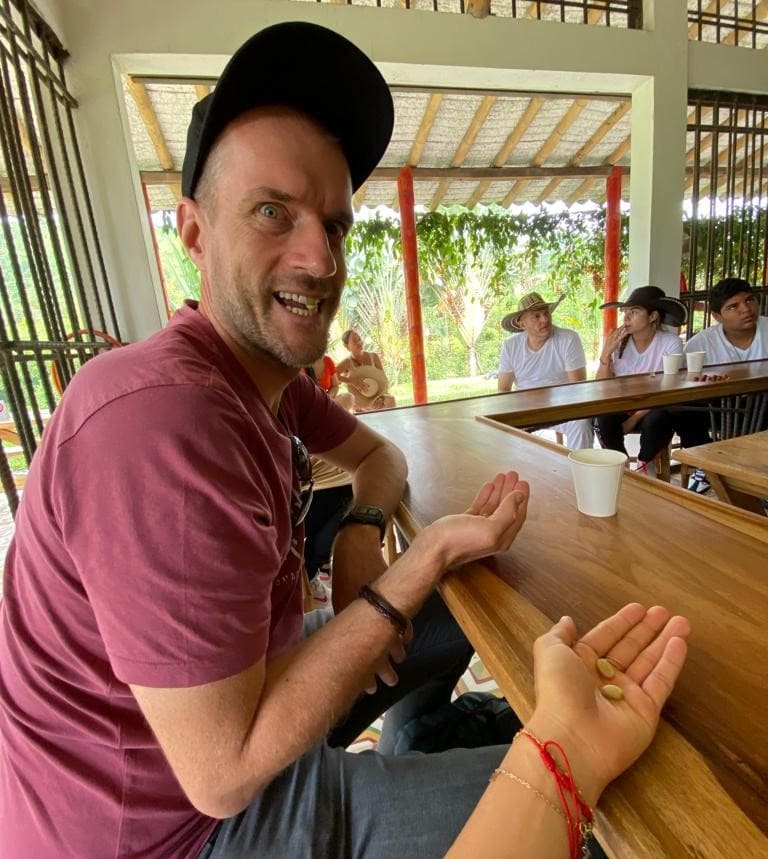
2) Walking Through the Coffee Plantation
We then had a guided tour around the coffee plantation. They have coffee fields around the hacienda and they planted alongside banana trees. The 2 can thrive when grown closely together with the banana trees providing shade, mulch, nutrients and moisture to young coffee trees.
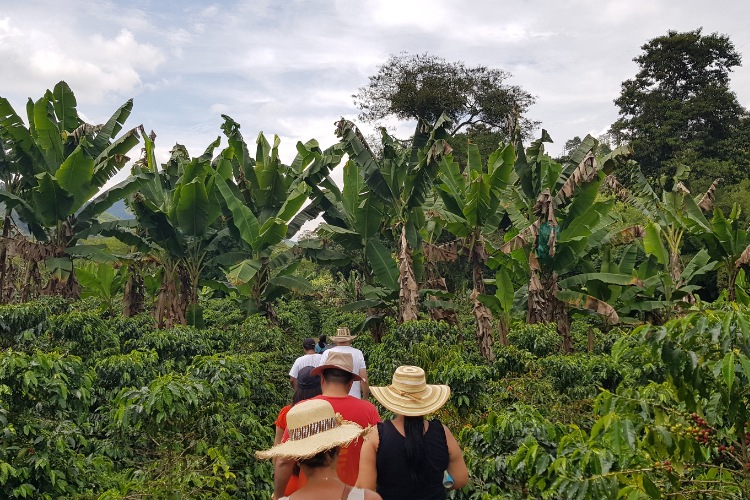
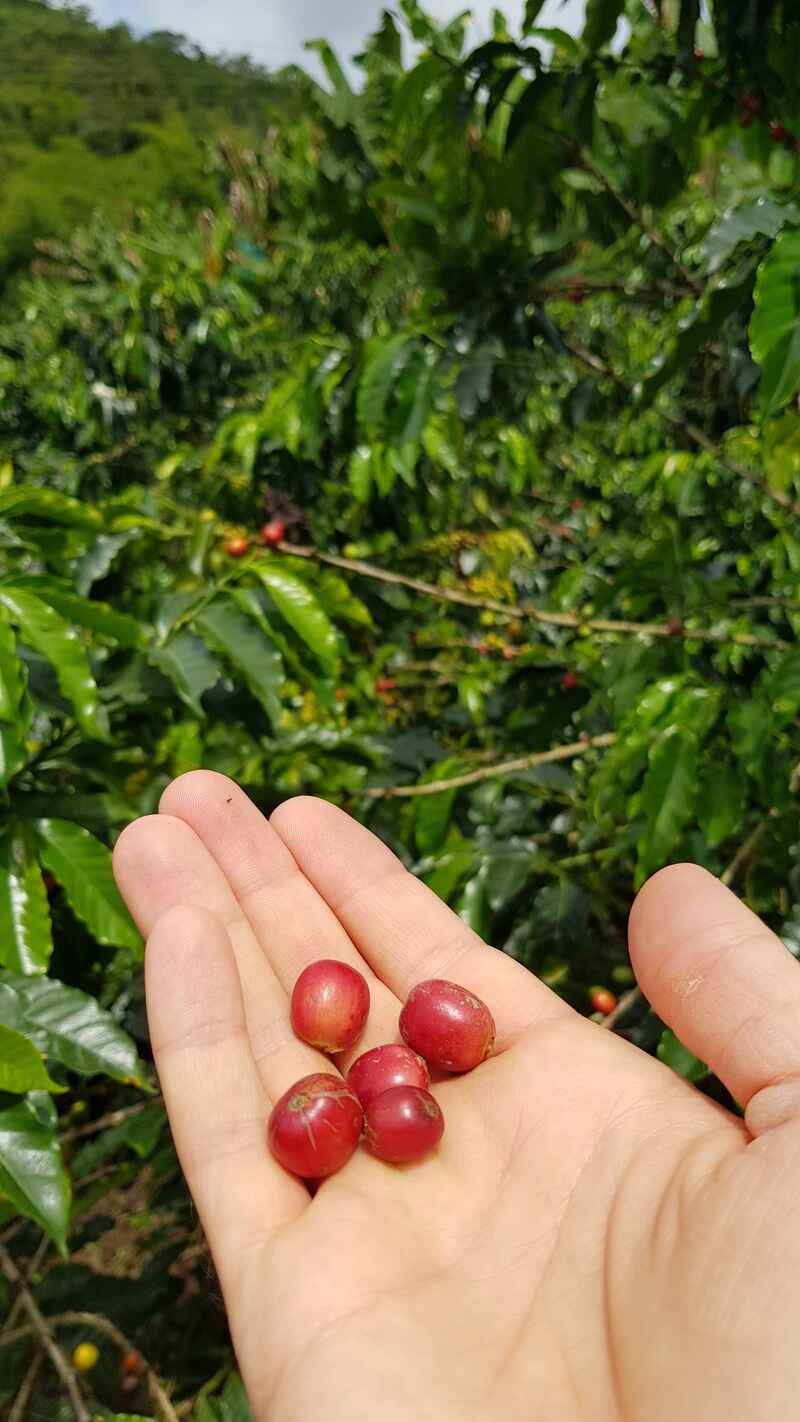

We learned how you can tell when the beans are ready to be picked when they turn a certain shade of red and the techniques involved.
Many of the scenes from the popular Netflix were filmed here and the beautiful mountain scenery felt surprisingly familiar.
3) The Coffee Process
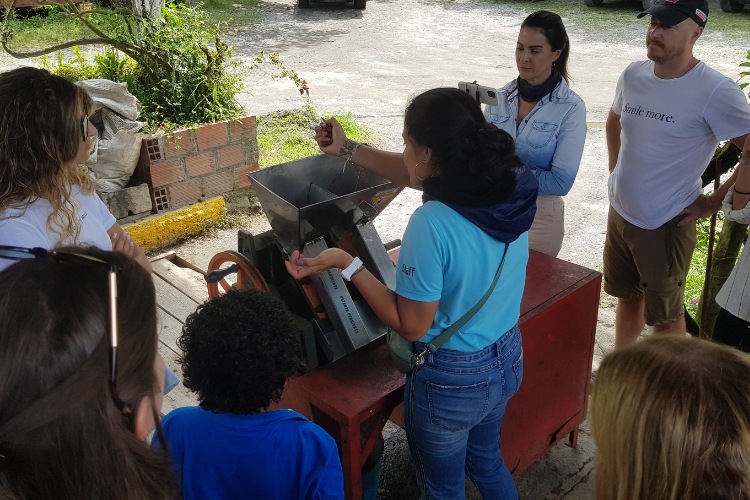
We were then taken on a 10-minute car journey to “la fabrica” where the beans are processed. They explained the process from turning the beans from the fields to a delicious cup of some of the world’s best coffee.
First, they remove the pulp and then they ferment and wash the beans. After this, they are left to dry outside in the sun for a number of days until they are ready for the shells to be removed and the coffee to be enjoyed.
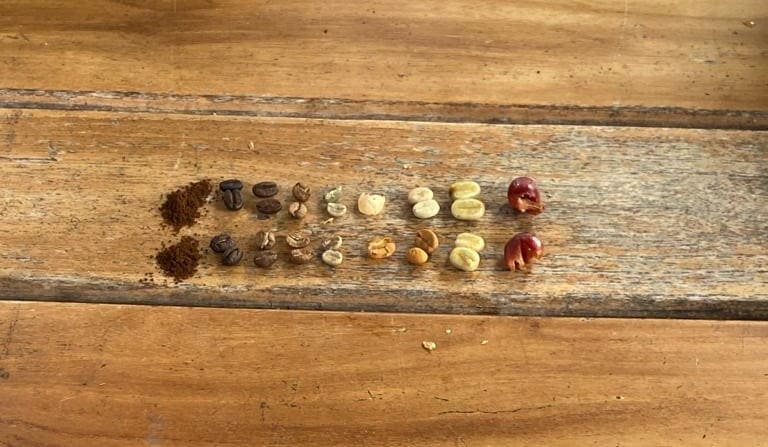
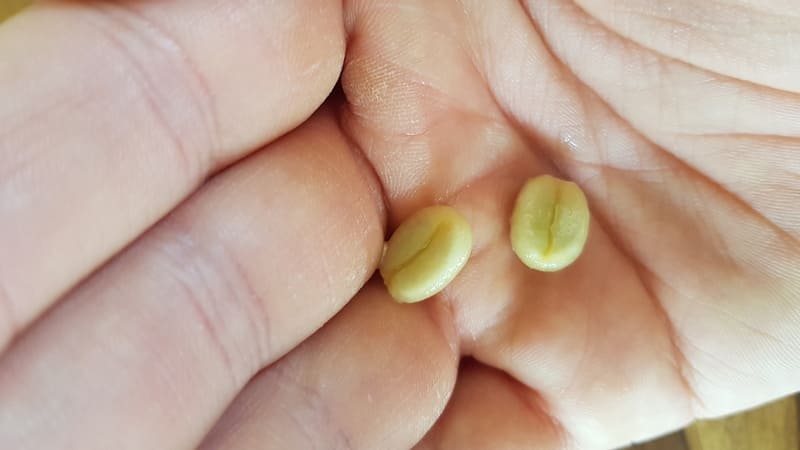
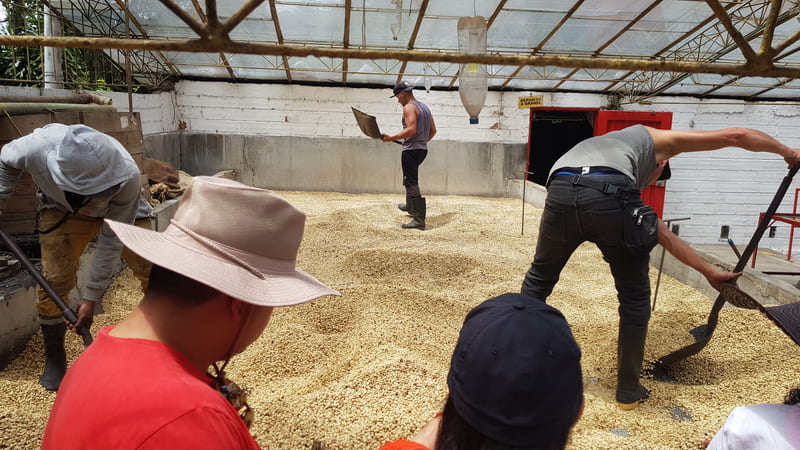
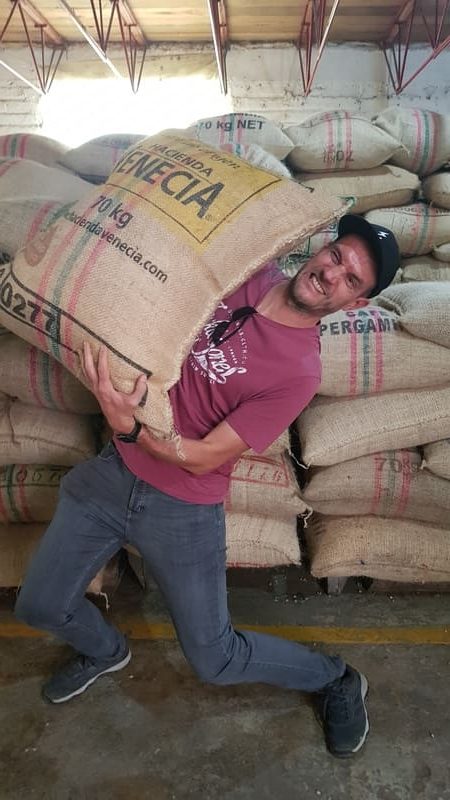
Tasting the Coffee
We then moved on to Hacienda Casablanca where we got our chance to taste the coffee produced at the farm.
We found a nice spot by the pool surrounded by trees where they toasted some of the beans which gave off that distinct coffee aroma.
We were encouraged to grind the beans and make our own espresso while our guide used the French press to prepare a cold brew.
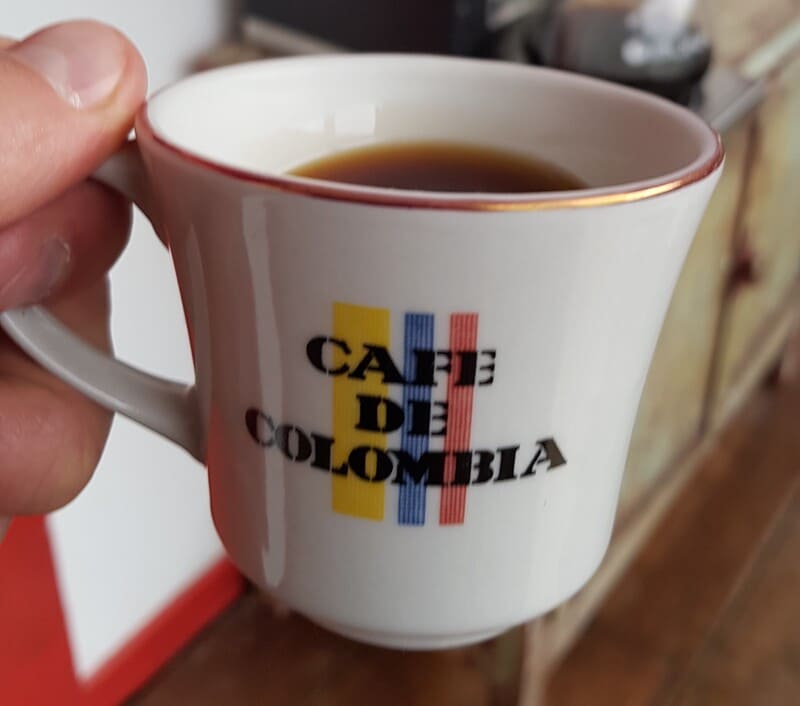
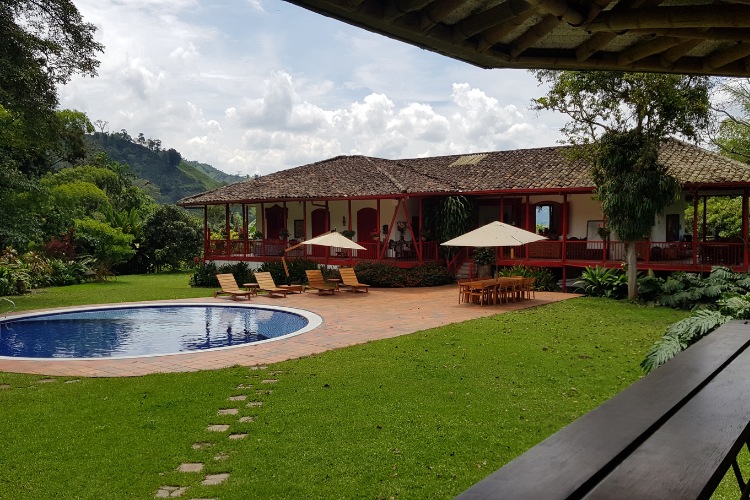
The Gaviota Tour
The Gaviota Tour includes time to explore Hacienda Casablanca, the home of Dona Julia in the series “Cafe con Aroma de Mujer”. We were invited to look around the house, although you can’t enter, and see the living room of Dona Julia.
We received a refreshing natural lemonade on the terrace as we relaxed in a hammock, cooling off on a warm day. It was nice to experience the locations which felt very familiar over the 92 episodes we enjoyed from the show.
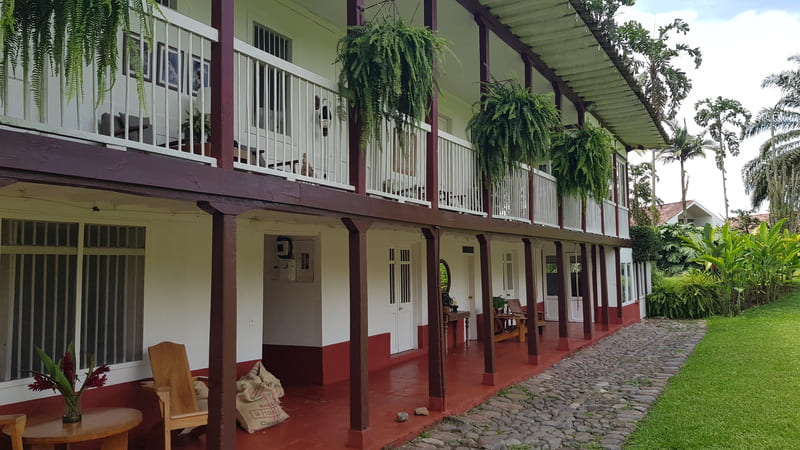
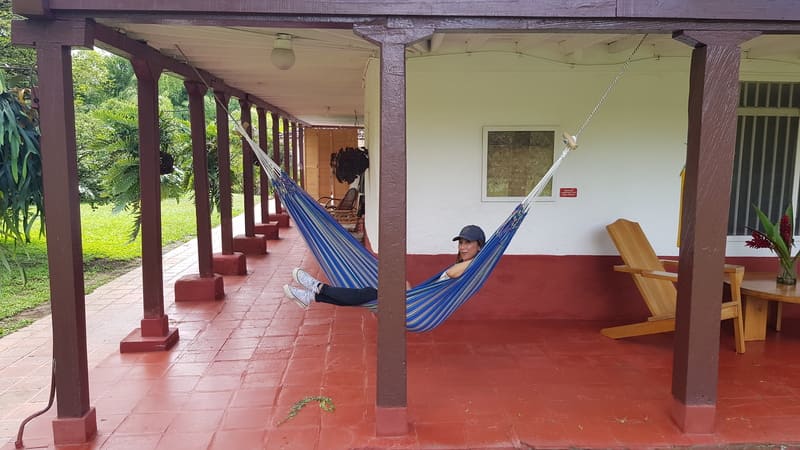

Not Staying Overnight: Pros and Cons
We chose to move on after the tour and not stay the night at the Hacienda. We had already spent a few days before arriving in a similar Hacienda and the accommodation options on the day of our visit were quite expensive. Because we had rented a car it was no issue for us to head off with Manizales and Pereira closely located.
Getting back by bus from the highway is relatively straightforward.
I can see why staying the night would add to the experience but we were there for over 3 hours and we had a great time.
Final Thoughts and Recommendations
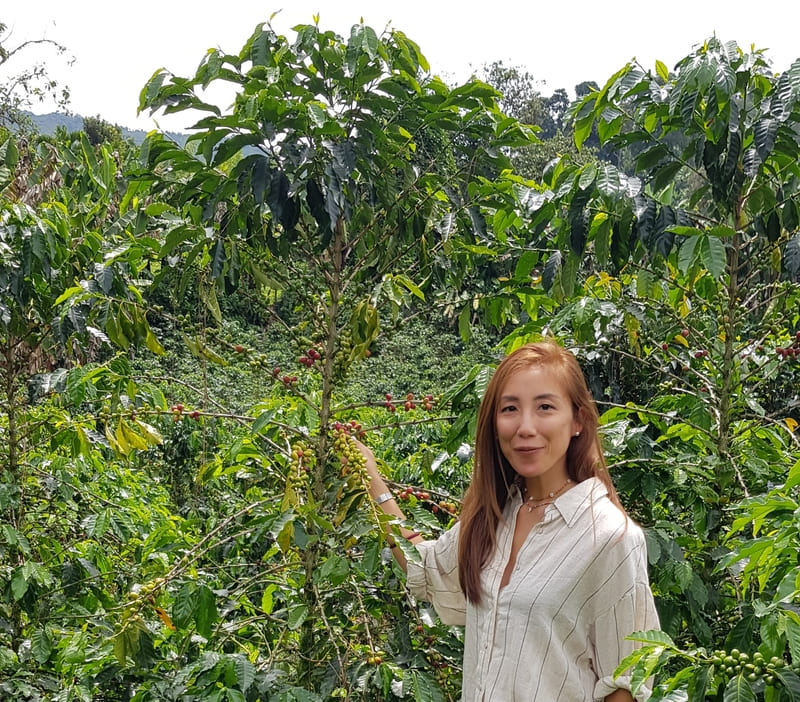
I was impressed by the tour and I felt it offered good value. We paid extra for the full Gaviota Tour but for me both haciendas looked similar and unless you are a fan of the series then the standard Coffee Tour should give you the insight and experience you are looking for.
I would definitely recommend this as part of your visit to the coffee region.
Remember to bring a hat and sunscreen. While this isn’t the hottest part of the country, when the clouds clear and the sun comes out you will definitely need some protection.
Warning: The last 2 kilometers to the hacienda are on a dirt road. In rainy conditions, this stretch can become too muddy for regular vehicles. If you’re driving and it’s been raining, consider calling the hacienda for assistance. They can arrange to pick you up,
